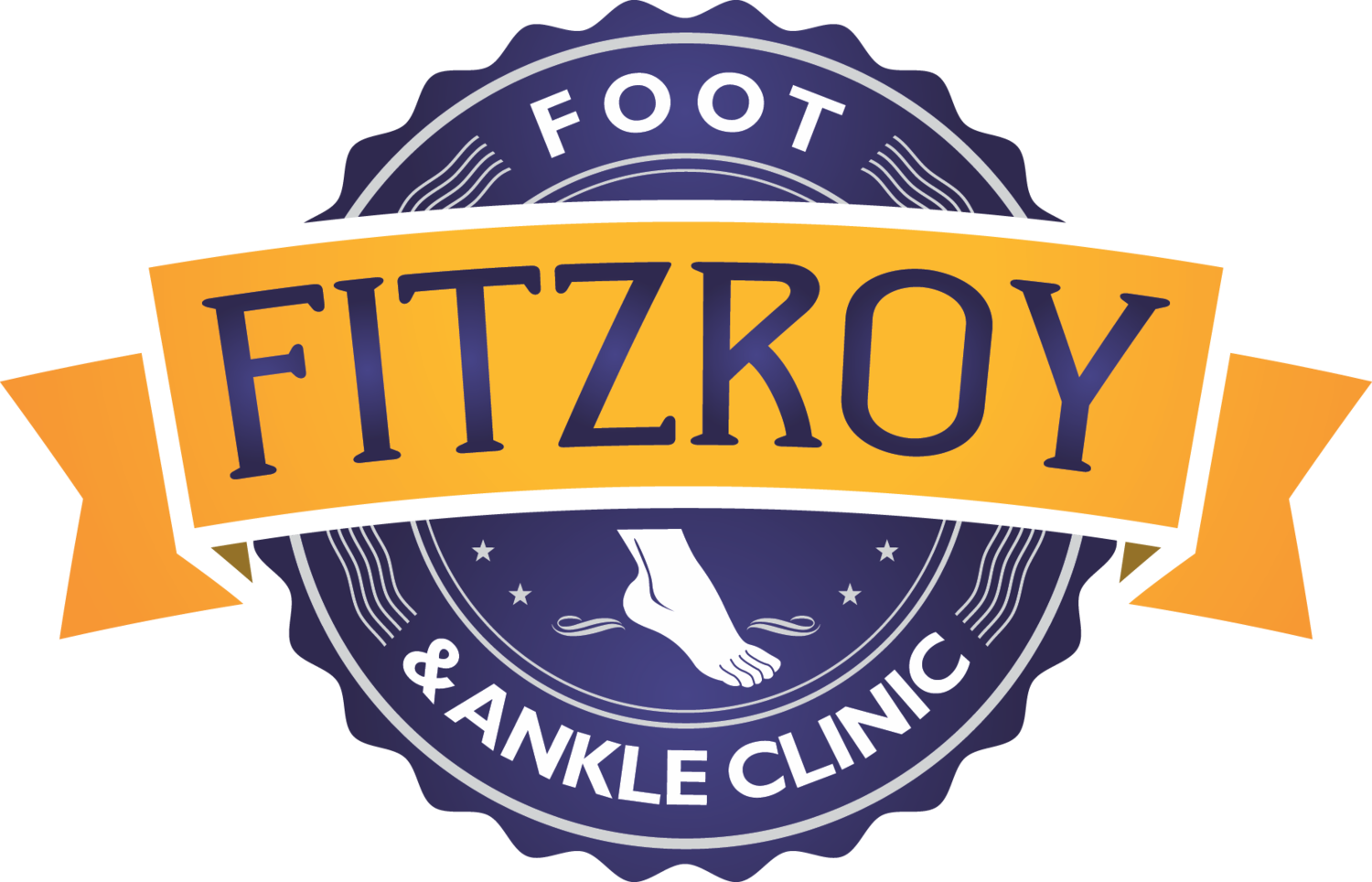Plantar fasciitis is a pathology that affects the plantar fascia. Your plantar fascia is a structure, similar to a ligament, that attaches on the bottom the the heel and connects under the forefoot. Commonly, people will experience pain where the plantar fascia inserts onto the bottom of the heel bone, which is the called the calcaneus. The plantar fascia is primarily responsible for assisting propulsion when walking and running.
People with plantar fasciitis will report symptoms such as sharp or stabbing pain, especially when standing after a period of rest. This pain may return at the end of the day, but may feel more achey and dull rather than sharp with the first steps after standing. This is a common presentation of plantar fasciitis, however people may have plantar fasciitis but experience different symptoms. When exercising, plantar fasciitis tends to warm up and then feel less painful. If you have a pain that is constantly increasing with activity, it might be a different pathology.
Plantar fasciitis is a common condition in the community, with a prevalence of approximately 10%. It tends to be most prevalent in people aged 40-60 and in athletes. It may occur in one foot or both feet at the same time. The main factors associated with plantar fasciitis include high BMI, increased time spent standing and a restricted ankle joint range of motion.
Often people will have a bony growth on the bottom of the calcaneus that is commonly referred to as 'heel spurs'. People with heel spurs are 8 times more likely to experience plantar fasciitis (McMillan 2009), however not all people with heel spurs will have pain.
Finally, plantar fasciitis is referred to as a 'self-limiting' condition, which means that it will go away eventually. However, in the time that it is painful it can have a significant effect on quality of life (Irving 2008), and can increase depression, anxiety and stress symptoms (Cotchett 2016). Therefore, it is important to effectively reduce pain to prevent these reductions in quality of life.
References
McMillan, A. M., Landorf, K. B., Barrett, J. T., Menz, H. B., & Bird, A. R. (2009). Diagnostic imaging for chronic plantar heel pain: A systematic review and meta-analysis. Journal of Foot and Ankle Research, 2(32). Journal Article. http://doi.org/http://dx.doi.org/10.1186/1757-1146-2-32
Irving, D. B., Cook, J. L., Young, M. A., & Menz, H. B. (2008). Impact of chronic plantar heel pain on health-related quality of life. Journal of the American Podiatric Medical Association, 98(4), 283–289. Journal Article. http://doi.org/http://dx.doi.org/10.7547/0980283
Cotchett, M., Munteanu, S. E., & Landorf, K. B. (2016). Depression, anxiety, and stress in people with and without plantar heel pain. Foot & Ankle International, 37(8), 816–21. http://doi.org/10.1177/1071100716646630

